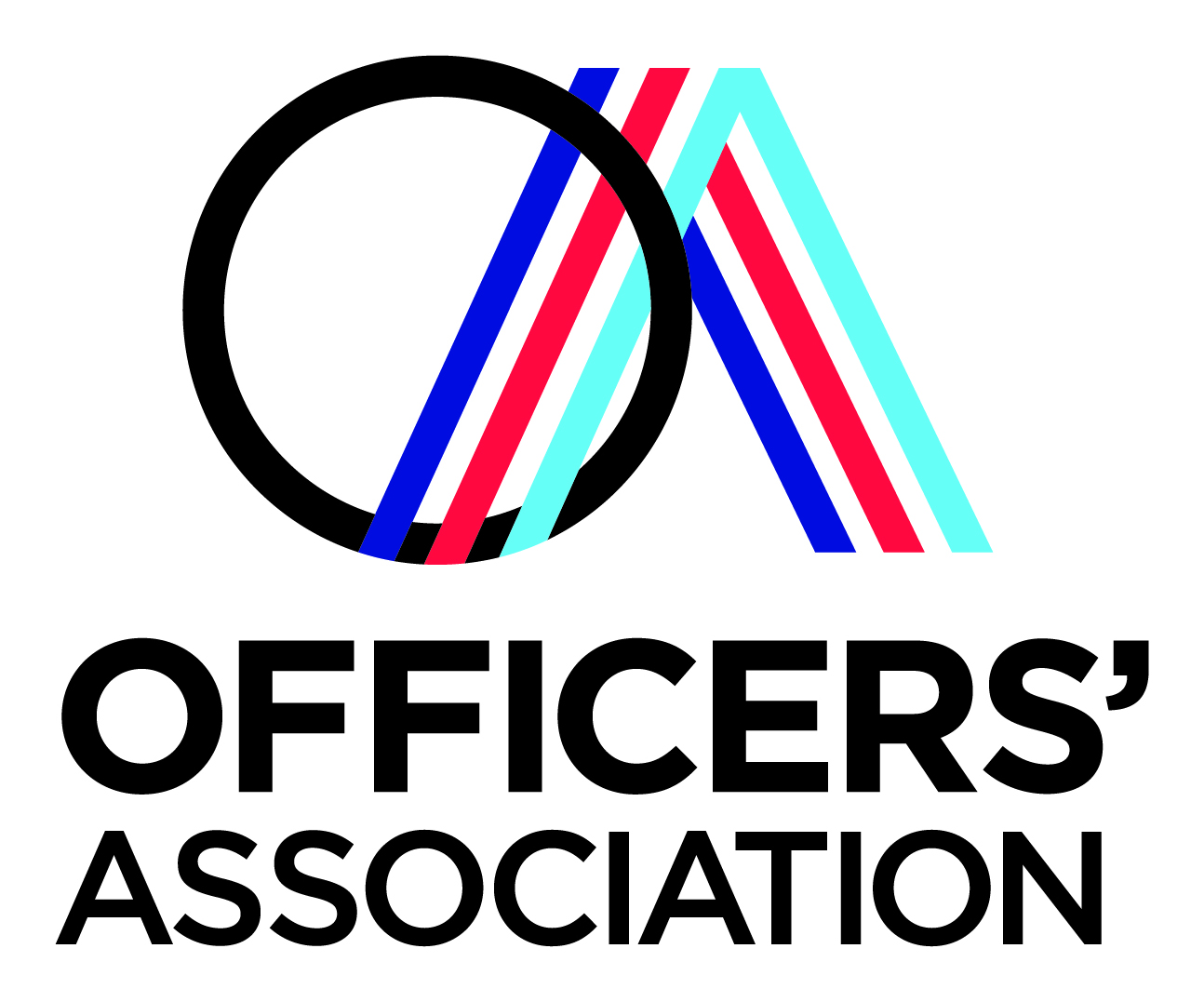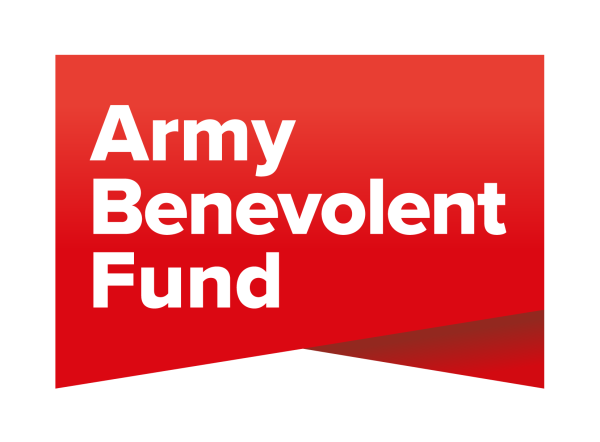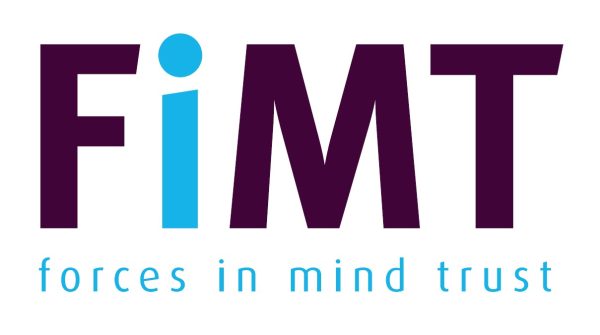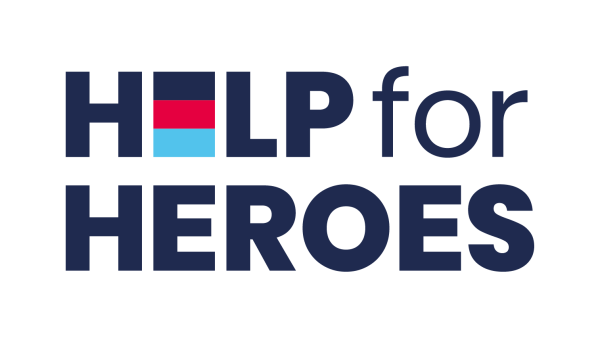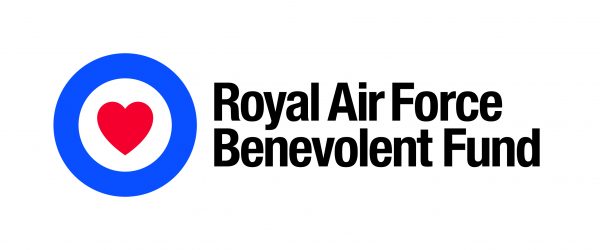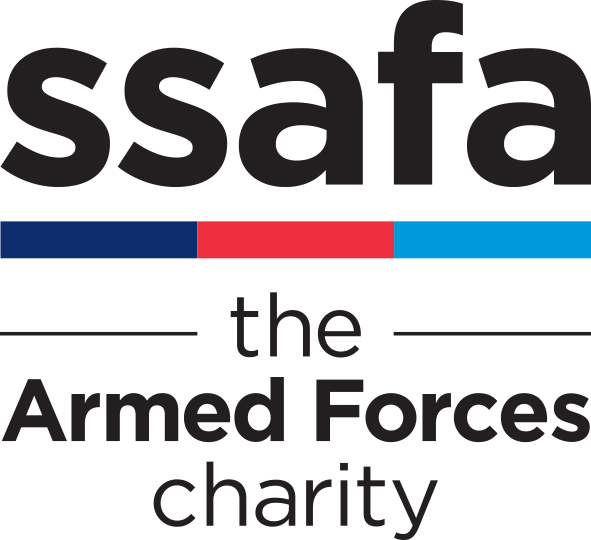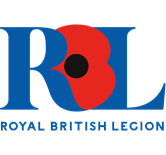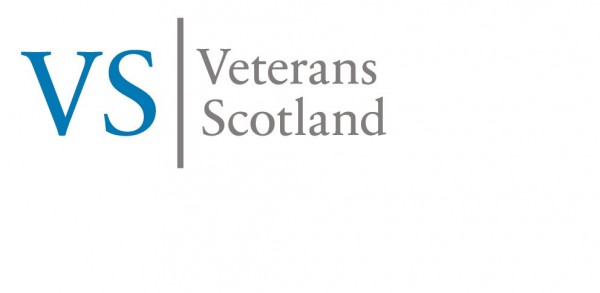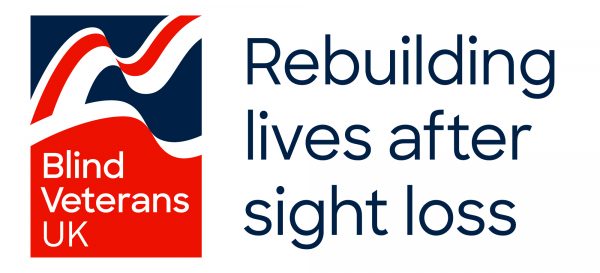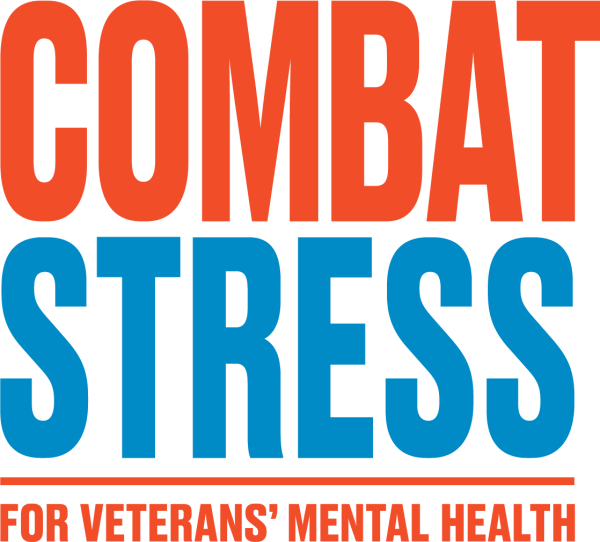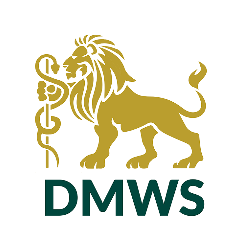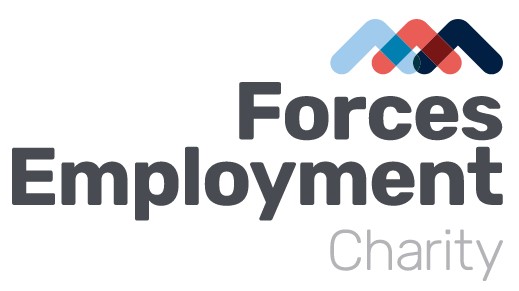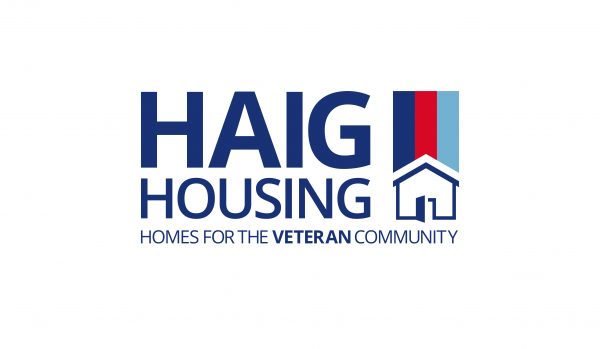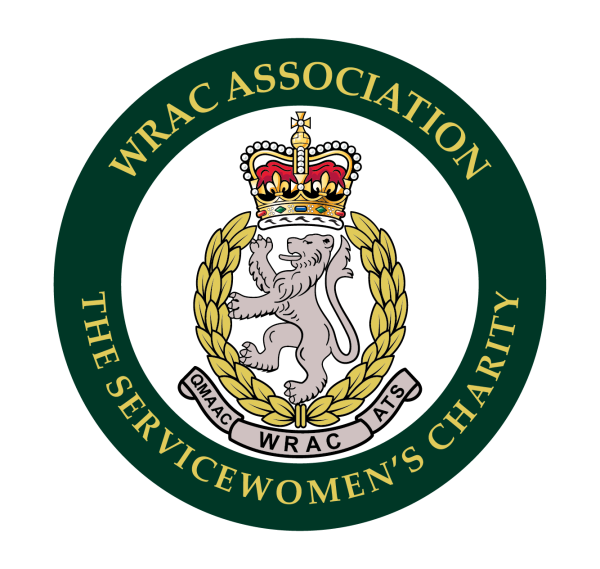Start 2019 by taking a smarter approach to your transition.
We support thousands of officers in their move to civilian careers by providing careers advice, connecting them with job opportunities, employers and a network of industry experts. To help make your transition easier, we have produced a guide that encourages you to think about your career options in different ways. You can download the guide below, but here are some of its key points.
The Transition Process
There are three main steps to follow in transition: Research, Refinement and Job Campaign.
You may be clear about the career path you want to take or you may feel overwhelmed by all the available options. Either way, remember that every transition is different and has unique challenges and opportunities.
Before you start the process, book a free one-to-one career consultation with us. Our career consultants provide tailored support, and can help you to identify different possible career paths. Register with the OA to access all of our employment services, including career consultations.
Stage 1 – Research
Consider all aspects of your life holistically, not just your job options. Take into account other factors that will influence your decision, such as your family or social circumstances.
Ask yourself these three questions:
WHAT – job roles are you interested in?
WHERE – would you like to work and how much are you willing to travel?
HOW MUCH – would you like to earn and what is the minimum you need to live on?
The time it takes to evaluate these factors varies for each individual. If possible, you should research for 3-12 months prior to leaving the Services.
Stage 2 – Refinement
After you begin your research, take time to crystallise your thoughts and draw on the knowledge gained. Select the relevant roles and begin to plan your job campaign.
Role selection – choose roles that are realistic in terms of job satisfaction, salary and match your skills and experience.
CVs – prepare a template CV for each role chosen. It is common for officers to be able to generate differing CVs to cover such topics as project management, security, defence, education, etc.
LinkedIn profile – you’ll need a professional photograph and a profile that promotes your individual brand. No photos of you in military uniform or with your children. Attend an OA LinkedIn workshop for professional guidance on how to use it to best effect.
Salary – understand your market value for selected roles in the labour market.
Stage 3 – Job Campaign
By now, you should be in a position to think about what you want and where to go next:
Target roles – perhaps no more than four different types of work/roles at any one time – too many could dilute your use of time to grow effective networks.
Networking – reach out to people who can offer good advice, knowledge and expertise, and add significant value to growing a stronger network in the right sector.
Adverts – which websites will you check each week?
Events and military related agencies – those that add value (OA network events, CTP Job Fairs, Liquid List etc.)
Review progress at key points along the timeline.
Plan B – have a backup plan in case activity in preferred roles doesn’t come to fruition.
Records – track networking activity, job adverts, applications and events on a spreadsheet, or in a good old-fashioned notebook.
